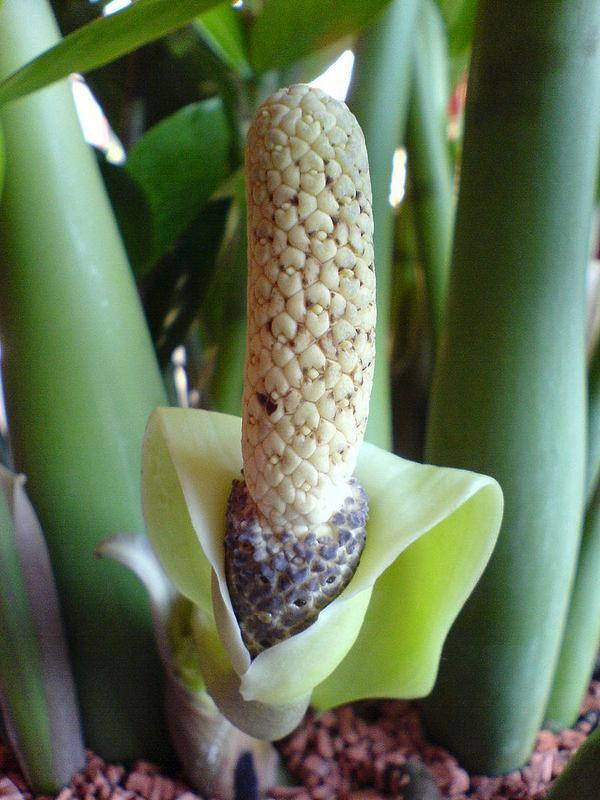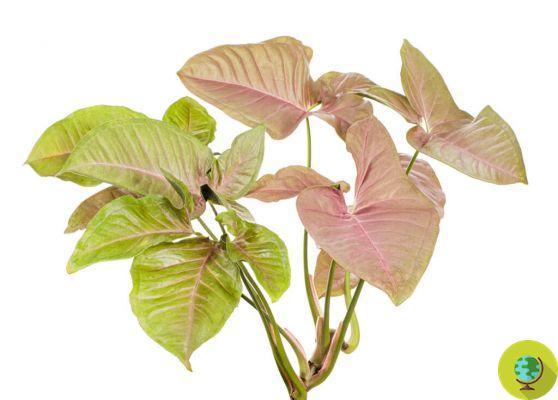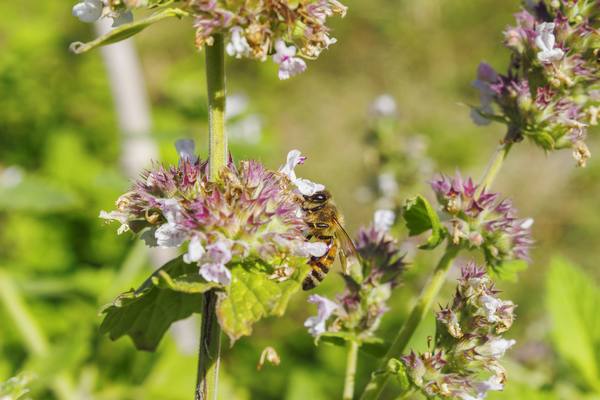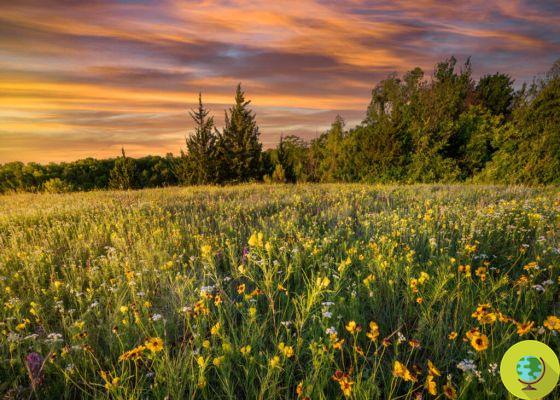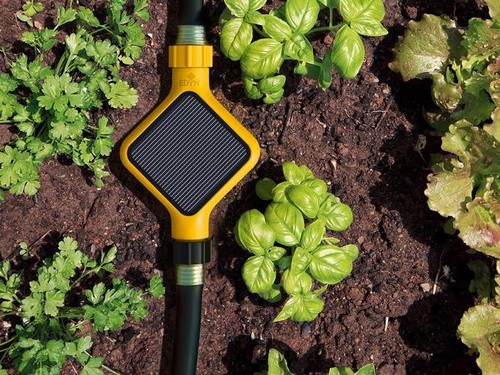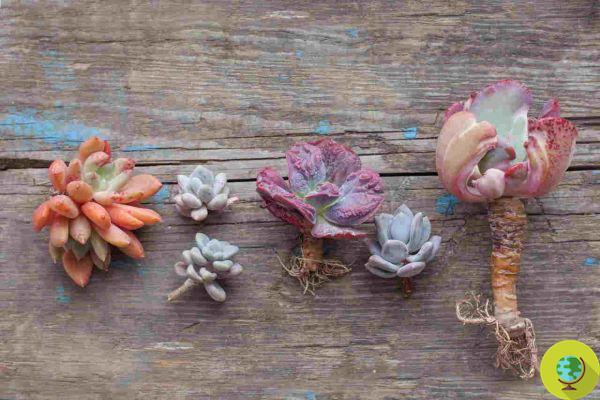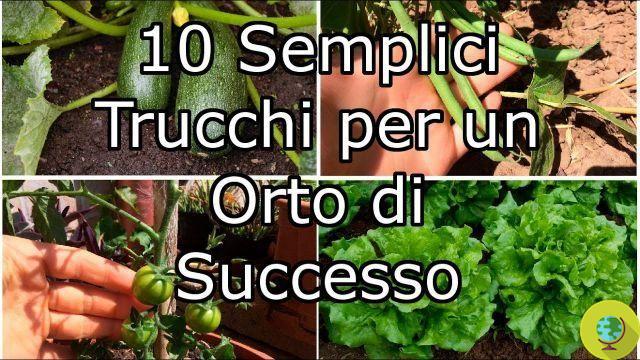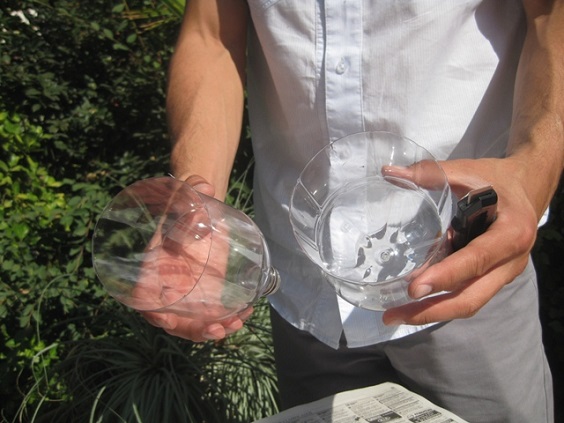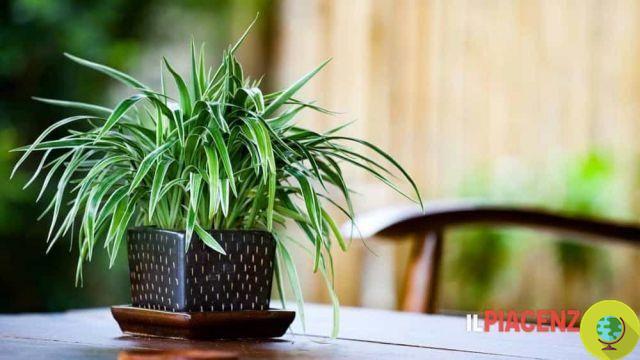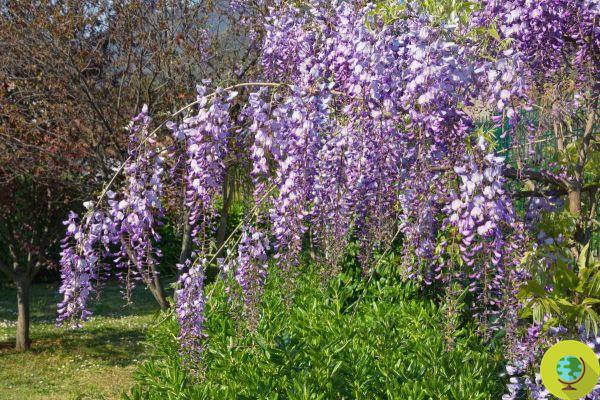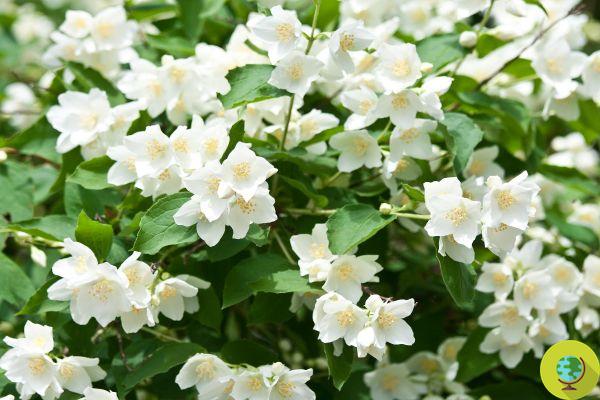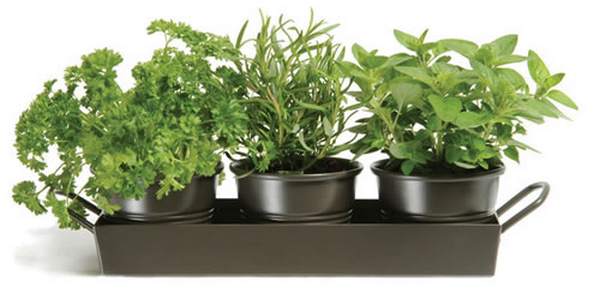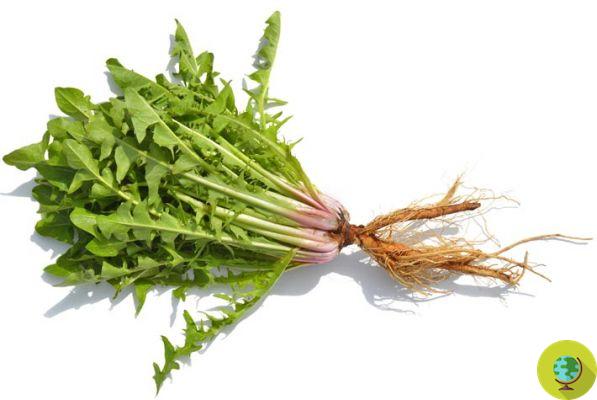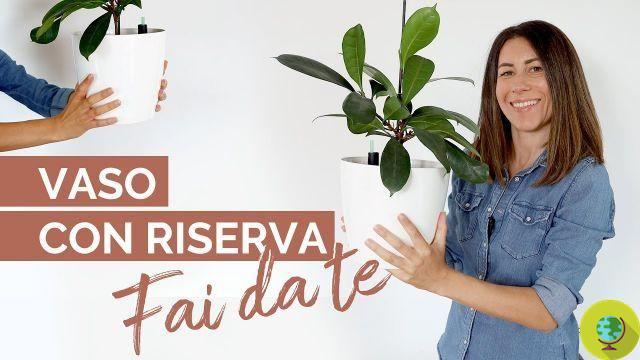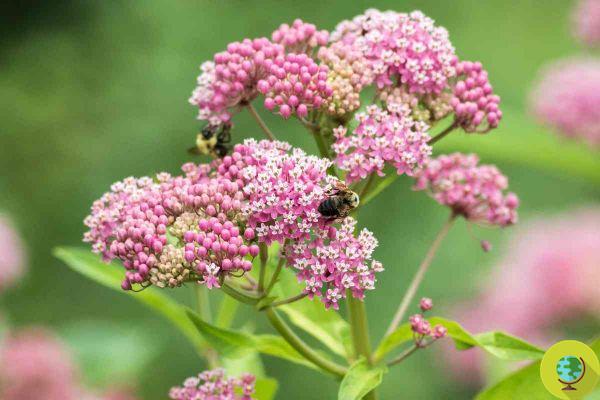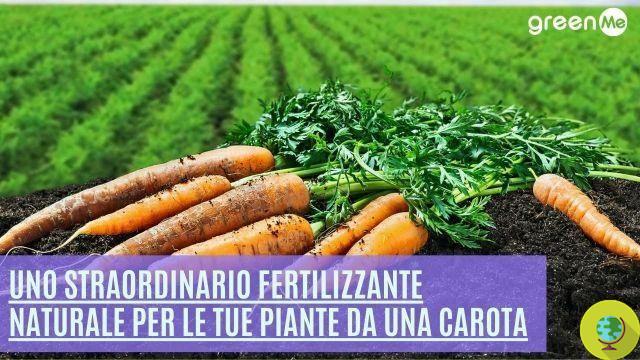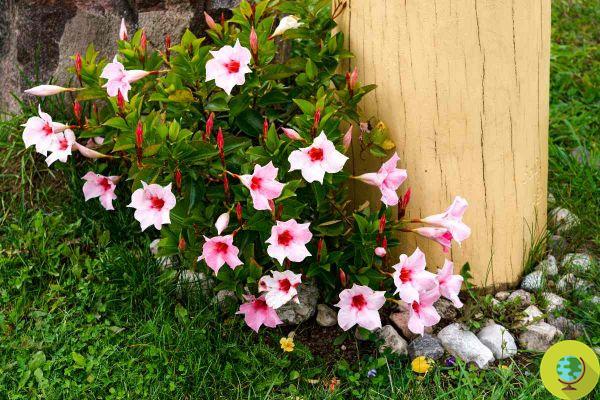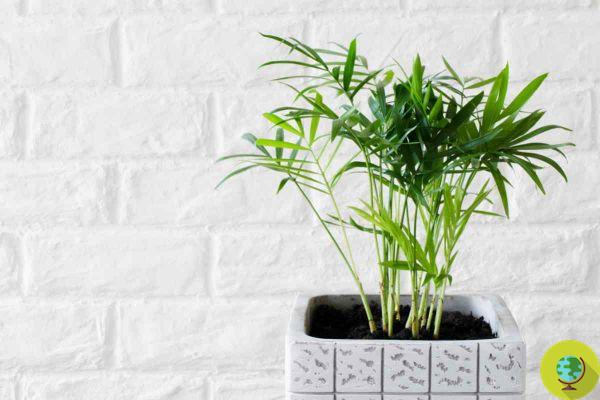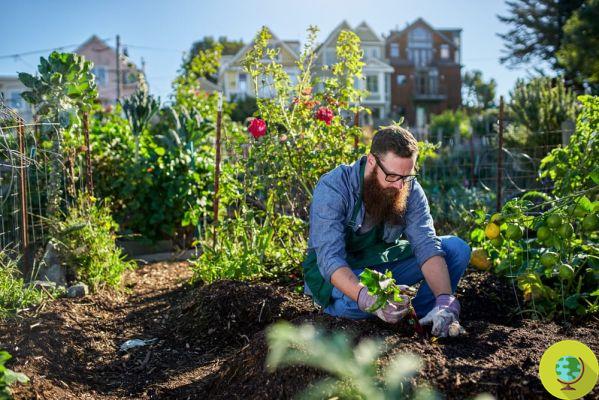
We have all been budding "gardeners" and have made more or less serious mistakes that often dramatically marked the development of our plants. But as we know, we never stop learning and mistakes, without which we would not be able to broaden our knowledge, will always accompany us, until we hang up the shovel.
He is about to end up run over, his mother saves him
We will never tire of repeating it: the gardening it is a healthy, relaxing hobby and if done with passion and care it will be able to give us a lot of satisfaction, especially when we may be able to enjoy the "fruits" of our little one urban garden cultivated on the balcony or on the terrace of the house.
But, like many other passions, it requires a not indifferent baggage of notions and a lot lots of practice. We all have been Budding “gardeners” and we have made more or less serious mistakes that often dramatically marked the development of our plants. But as we know, we never stop learning and mistakes, without which we would not be able to broaden our knowledge, will always accompany us, until we hang up the shovel.
Often the mistakes that characterize the beginnings can make this phase decidedly discouraging. Finding yourself in front of a wasteland when we had fantasized for months about juicy tomatoes and flowering meadows is certainly not an exhilarating experience.
For this reason we have decided to summarize the ten most common mistakes and the best ways to avoid them.
Index
Water this unknown
One of the most common errors among newbies is that relating to watering of plants. There are many who die because they are left in too dry soils and just as many who literally drown in abundant liters of water. To solve this problem, two simple rules are enough:
- Know the plant species well that you want to grow in order to provide the right amount of water to the soil.
- Constantly check the substrate. Just stick a finger up to the second knuckle in the ground to understand if it is dry and if it needs a new watering.
Wrong plant in wrong place
If you are looking to grow tomatoes on a north-facing wall under a majestic maple you will certainly need a lot of luck. This will perhaps be an extreme example but know well the characteristics and needs of the plants to be grown it will make everything easier for you. Know if they need a lot of sun or like to enjoy the shade in a dry or perhaps extremely humid place it will allow you, not without effort, to obtain excellent results. Making sure you buy the plants that best suit the characteristics of your garden will also help you avoid pest and disease problems.
Do not respect the safety distances
Knowing what you want to cultivate also means know how much it will grow and in how long. Very often we are fascinated by the potted plants we find in nurseries, ignoring what they will become in a few years. Always respect distances that are recommended to you by your trusted nurseryman or those you will find in gardening books. In this way you will avoid that in a short time the plants compete with each other for light and nourishment. If you don't like the spaces left between them, you can fill them, for the first two years, with small plants until the trees have grown properly.
Not knowing your Climate Tolerance Zone
Most gardening manuals and flower and plant catalogs refer to Plant Hardiness Zones, that is at Areas of Rusticity of Plants, also called Climate Zones o Growing Zones.
These areas are a useful guide to help us know which plants to grow in the areas we live in so as not to buy things that will soon die because they are not suitable for our climate.
Fertilize randomly
We are often led to think that if one dose of fertilizer is good for the soil, two are even better. Never was a mistake so huge!
Even if we use quality organic fertilizers and not the chemical ones, it is always better to follow the instructions on the package and use the recommended doses. Excess fertilization can lead to an accelerated and irregular development of plants with consequent diseases and parasites. So even if we use organic and environmentally friendly fertilizers (perhaps those obtained from ours compost) let's not forget that it is better not to overdo it.
Do not mulch
With the term mulch, we mean that process that imitates what happens naturally in the woods and that consists of cover the soil with a layer of organic material, such as wood, leaves, cut grass, which prevents the growth of weeds and keeps the soil moisture and temperature high. This makes the soil optimal for the growth of our herbs, vegetables and trees. So let's remember to create a layer of organic material of at least 8-10 centimeters, especially in the winter months.
Not preparing the ground properly
This is a fairly common problem. We tend to think that it is enough to have a piece of vegetable garden or garden to cultivate, plant it and that's it. But then we realize that the plants, despite their healthy appearance, do not bloom and do not give the long-awaited fruits. This is because it was not properly prepare the soil before sowing. First of all it should be plowed to a depth of at least thirty centimeters and then a layer of a few centimeters of excellent organic compost. In this way we will have a soil rich in nutrients and ready for planting.
Insufficient light
This mistake is common to many newbies and even more experienced people. Let's imagine we want to plant a beautiful New Dawn climbing rose in our garden. This plant needs a total exposure to the sun's rays and maybe our garden is exposed optimally for no more than half a day. The most common mistake is to think that that half day will be enough for the growth of the squad. The plant will live for a while but its flowering will certainly be more modest and with smaller flowers than one plant properly exposed to sunlight. It will also be more prone to diseases and parasites.
In the same way you will have problems with the garden. Most plants need at least six hours of sun exposure to grow properly and don't let you down with a poor yield.
Not knowing your garden
The common mistake of not being fully aware of characteristics of your land, such as exposure to the sun's rays, prevents us from getting off to a good start. Knowing if our land has windier areas, or is subject to heavy rain, or is more or less hot or humid is vital. Not taking these factors into account when planting exposes us to serious frustration and failure. This is why it is good to carefully observe your garden, to grasp its essence and characteristics, before deciding what to plant there.
Listen to the "experts"
It may seem odd to you to end an article dealing with the mistakes of budding gardeners with an inviting tip don't listen to the experts but is not so.
When you engage with constancy and dedication to your own vegetable garden or garden, spent some time observing, taking care of your plants and seeing it grow luxuriantly, you quickly become an expert. Nobody, even the most hardened of gardeners, knows your garden as you do.
Someone will give you sage advice while others will point you down the wrong path, but with self-confidence you can make mistakes on your own and become better every day.
Good "growth" at all.
Lorenzo DeRitis






